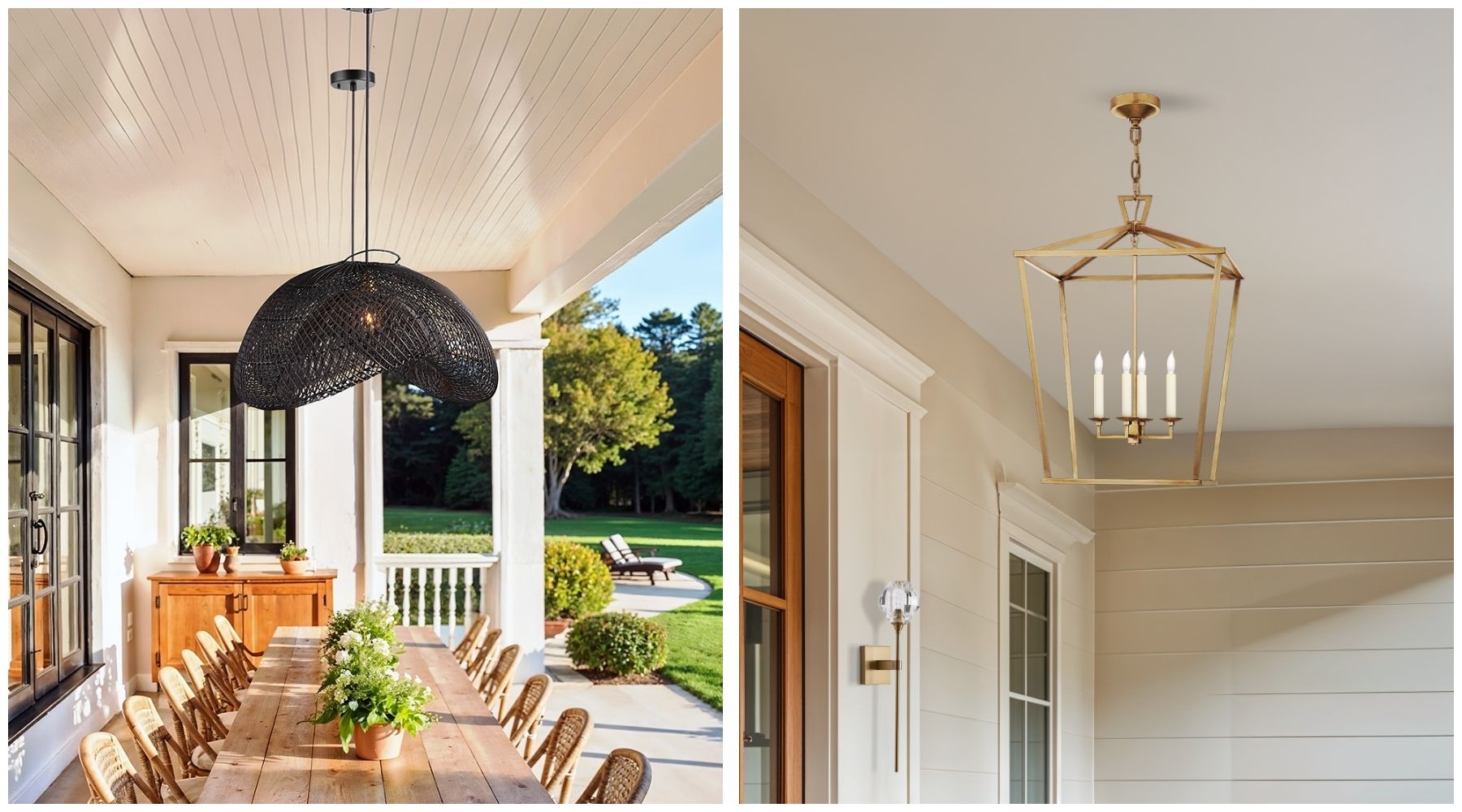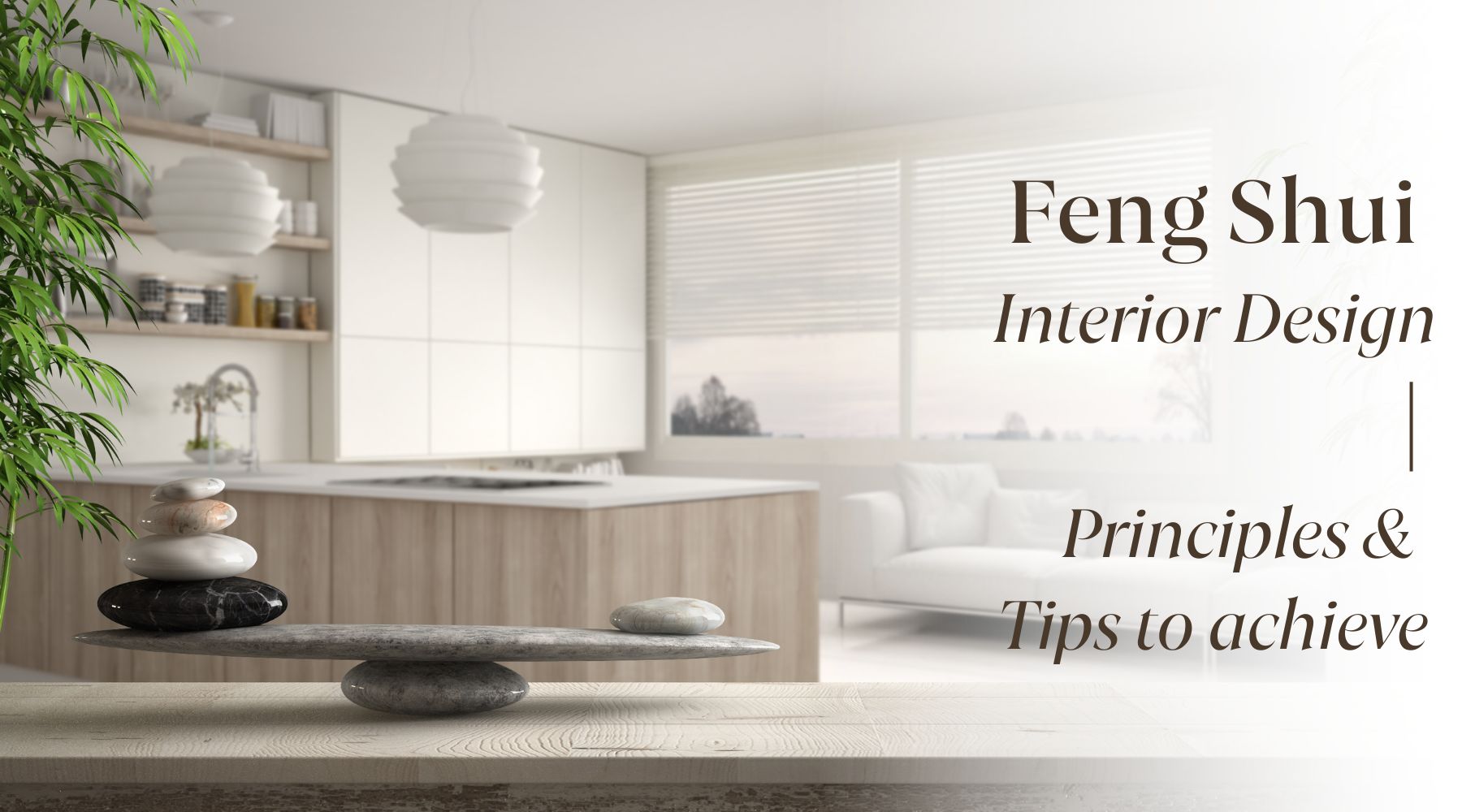Gifting has never been easier
Perfect if you're short on time or are unable to deliver your gift yourself. Enter your message and select when to send it.
DISPATCH IN 48 HOURS
Shop in-stock lighting for Thanksgiving
BLACK FRIDAY STARTS NOW
Get Member Price
200+ NEW ARRIVALS
Explore Our Collection
FREE SHIPPING ON ORDERS $200+
Shop Now
DISPATCH IN 48 HOURS
Shop in-stock lighting for Thanksgiving
BLACK FRIDAY STARTS NOW
Get Member Price
200+ NEW ARRIVALS
Explore Our Collection
FREE SHIPPING ON ORDERS $200+
Shop Now
Cart 0
Your cart is empty
Asian Zen interior design stands out as one of the most impressive and challenging choices in the world of interior design. It embodies a unified approach to perception, personality, and lifestyle, focusing on mindfulness, tranquility, and a deep connection to nature.
In this guide, we'll explore the key features and best practices of Asian Zen interior design, empowering you to create a space that cultivates relaxation, meditation, and a profound sense of peace amid life's daily chaos.
Zen, a branch of Mahayana Buddhism, emphasizes meditation, mindfulness, and simplicity. It originated in China as Chan Buddhism and later flourished in Japan.
Zen focuses on cultivating inner peace and achieving enlightenment through direct experience and introspection.
In interior design, Zen embodies minimalism, harmony, and tranquility, creating spaces that promote relaxation and mindfulness.
Zen interior design focuses on bringing balance, tranquility, and harmony to your home through a simple, minimalist approach.
The idea is to create a space where you can meditate, relax, and find peace amid a fast-paced, noisy world. Zen, associated with peace, tranquility, and meditation, often relates to Buddhist spiritualism.

Asian Zen interior design is characterized by simplicity and a gentle, tranquil spirit. Source: Decor Aid (1)
Asian Zen interior design is deeply rooted in Zen Buddhism, a spiritual practice that originated in China as Chan Buddhism and reached Japan around the 12th century. Over the centuries, Japanese designers have infused their work with Zen principles, creating environments that emphasize simplicity, harmony, and a strong connection with nature.
Design a life you love. Discover your next piece.
Asian Zen interior design also draws from the traditional aesthetics and philosophies of East Asia, particularly China and Japan. In Japanese design, Zen's influence is evident in concepts like wabi-sabi (the beauty of imperfection) and shibui (simple, subtle beauty).
In Japan, Zen philosophy inspired the development of minimalist spaces such as tea rooms, gardens, and temples, where simplicity and nature play central roles.
Moreover, these principles have been globally embraced and adapted, leading to a modern Zen interpretation that blends perfectly with contemporary living.
Zen interior design is cherished by many, even outside of Japan, for its simplicity, rustic charm, and lack of extravagance. It brings people closer to nature, helping to balance inner peace with the busyness of everyday life.

When building an Asian Zen interior for your home, three key characteristics to focus on are simplicity, nature, and balance. Source: Home Designing (2)
Simplicity
Nature
Exclusive offer just for you. Discover it now.
Harmony and balance
Asian Zen interior design aims for simplicity, but achieving it fully and correctly can be challenging. Here are some key principles to keep in mind when incorporating this style into your home:
Creating a Zen-inspired interior begins with selecting a natural color palette. Opt for soothing colors like white, cream, beige, and gray to foster a sense of calm and tranquility.

Choose a neutral color palette with a natural accent to create focal points. Source: Laskasas (3)
Avoid bright colors like red or yellow, as they can be jarring and disruptive. Instead, focus on muted tones to create a serene and relaxing atmosphere. You can also incorporate greens and blues as accent colors, which evoke the tranquility of nature.
To create a true Zen experience in your home, choose fabrics made from natural materials. Cotton, linen, and wool are all excellent options for a Zen interior. Each fabric offers unique textures and benefits.
Cotton is ideal for clothing and bedding due to its breathable and soft nature. Linen, with its textured feel, brings added depth and character to any space.
Wool provides warmth and coziness, making it perfect for blankets and rugs in colder weather. Combining these natural fabrics can create a serene and inviting ambiance in your Zen-inspired home.
To create a serene and rejuvenating environment, integrate natural elements such as stone, wood, greenery, and water features into your design. These additions don't need to be costly or complex; even minor adjustments can make a significant impact.
For example, placing a ceramic or marble bowl filled with stones or pebbles on a table can add a natural accent to any room. Adding potted plants is an economical way to incorporate nature, and they also improve air quality. Choose low-maintenance plants that don't require much care to save time and effort.

Plants are an essential element in Asian Zen interior design. Source: The Architects Diary (4)
For an authentic Zen look, consider a bonsai tree. If you have a garden or an empty indoor space, a small fountain or pond with a few fish can add a soothing, tranquil vibe to your home.
Unlike modern styles that favor bright overhead lights, Asian Zen design, characterized by simplicity and natural elements, prefers natural sunlight and smaller light sources. When designing in this style, focus on maximizing natural light with large windows.
If additional lighting is needed, opt for smaller light sources, such as pendant lights or lanterns, especially those made from natural materials like rattan or bamboo. Additionally, incorporating small table lamps or warm yellow candles can enhance the ambiance without being too harsh.

This Oceania Cone Rattan Pendant Light combines simplicity with a striking focal point. Source: Rowabi
A rattan pendant light perfectly complements the simplicity and tranquility of Zen design. Its woven texture adds visual interest while maintaining a natural and understated appearance.
The warm glow emitted by a rattan pendant light contributes to a cozy and inviting atmosphere, which is essential for creating the peaceful ambiance characteristic of Zen interiors.
Asian Zen interior design, centered around balance and tranquility, embraces minimalism by keeping spaces simplified, uncluttered, and free from distractions.
You can simplify your life by reassessing your priorities and belongings, prioritizing only what truly adds value. Avoid excessive and overly decorative items; instead, opt for simplicity and meaningfulness in your decor choices.
Marie Kondo, a Japanese professional organizer and consultant, introduced a method of determining whether items "spark joy" when held. This approach encourages keeping only items that evoke positive emotions and letting go of the rest.
To achieve a zen interior design, focus on selecting furniture that embodies simplicity and cleanliness. Choose streamlined pieces made from natural materials like wood, stone, or bamboo, featuring clean lines and smooth surfaces.
This minimalist furniture promotes a sense of calm and tranquility, essential for cultivating a zen atmosphere.

Sleek lines are the most suitable choice for furniture in Zen interior design. Source: Lifestyle Asia (5)
Consider incorporating Japanese-style low-to-ground furnishings for a truly authentic sense of balance and harmony in your space. This time-honored approach in Japanese design involves furniture close to the floor, such as low tables and floor seating like tatami mats or floor cushions.
In Asian Zen interior design, walking barefoot is preferred to promote a sense of grounding and connection to nature. To minimize noise and enhance this experience, consider flooring options such as wooden parquets, resin finishes, or neutral carpets when designing your space.
If you're not renovating your entire floor, you can still achieve this by incorporating natural rugs made from pure cotton, soft wool, or straw. These materials create a comfortable surface for barefoot walking and contribute to the serene ambiance of a Zen-inspired environment.
What are the characteristics of Asian Zen?
What is the Japanese Zen style?
What is the Zen design concept?
What is wabi-sabi interior design?
What is the history of Zen-style interior design?
What does Zen decor look like?
What is the difference between the Zen style and the Japandi style?
What are the rules of Zen design?
What are the 7 principles of Zen aesthetics?
What are the different types of Zen art?
What makes a room Zen?
What is modern Zen interior design?
In conclusion, Asian Zen interior design provides a pathway to crafting spaces that epitomize simplicity, tranquility, and harmony. These Zen-inspired interiors serve as sanctuaries of relaxation and mindfulness amidst our busy lives.
Therefore, understanding and applying the key characteristics and practices mentioned earlier by Rowabi can greatly assist in achieving this aesthetic with ease.
Source:

What Size Hanging Lighting Works Best in a Foyer?
Foyers are where the right lighting sets the tone for your home's first impression. Have you ever wondered if any size of light fixture will do, or if there are specific factors to consider when ma...
Read more
Feng Shui Interior Design: The Principles and Room-by-Room Tips
Did you know that just by rearranging and positioning your furniture, you can enhance the energy in your home? This concept is at the heart of Feng Shui, an ancient Chinese practice celebrated by i...
Read moreGifting has never been easier
Perfect if you're short on time or are unable to deliver your gift yourself. Enter your message and select when to send it.


Leave a comment
This site is protected by hCaptcha and the hCaptcha Privacy Policy and Terms of Service apply.